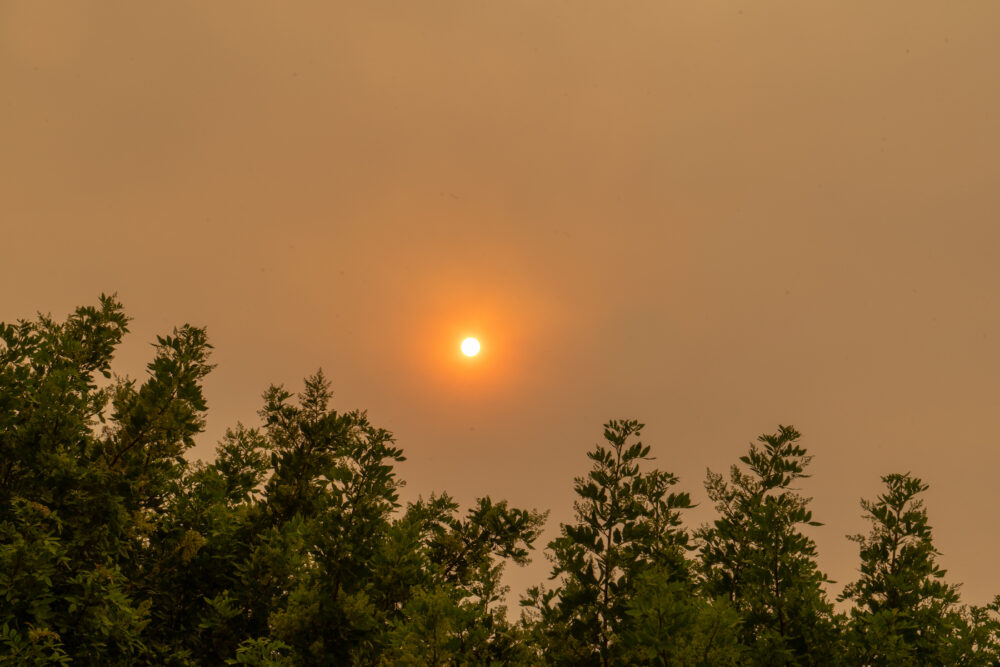
By Catherine Vu
Orange skies and smoke blown in from the El Dorado Fire in the San Bernardino Mountains, started by a gender reveal party gone wrong, and the Bobcat Fire in Angeles National Forest greeted Orange County (OC) residents after Labor Day weekend.
Smoke advisories have been extended across Southern California as these wildfires and others from Northern and Central California bring in ash, dust and debris to the Southland.
“Breathing in smoke can aggravate lung disease, cause asthma attacks, acute bronchitis and increase the risk of respiratory infections,” according to the National Weather Service.
Officials advise people to stay indoors as much as possible to avoid exposure to smoke and ash, warning that children, the elderly and people with heart and respiratory diseases, including those affected by the COVID-19 virus are high-risk.
The burning question many people have is why did the sky turn orange?. While the short answer, “wildfires,” is technically correct, the full explanation is slightly more complex.
Understanding why the sky turned orange requires understanding why it is normally blue.
On the electromagnetic spectrum, blue light has shorter wavelengths than red light and other colors. Blue light scatters more than the other wavelengths when it comes into contact with atmospheric nitrogen and oxygen. The other colors combine and pass straight through the atmosphere to our eyes as white light.
Sunsets are warmer colors because sunlight passes through more of the atmosphere to reach you. During this time, more blue light is scattered, allowing reds and yellows to pass straight to your eyes without any competition from the blues.
Smoke acts in a similar way as a sunset in scattering light. It adds bigger particles to the atmosphere. This scatters more blue, green and even yellow light while only allowing orange and red light to pass through.
While it has stopped raining ash in Orange County, the lingering unhealthy levels of smoke are a safety concern. All particulate matter contains microscopic solid or liquid droplets that can be inhaled. Smoke is made up of particles less than 2.5 micrometers in diameter, which pose the greatest health risk. It can settle deep in your lungs and potentially get into your bloodstream.
Tune in to public health announcements to get the latest information and advice during this fire season, and wear masks when outside to prevent inhaling harmful particulates. Visit airnow.gov to monitor air quality by the hour.





